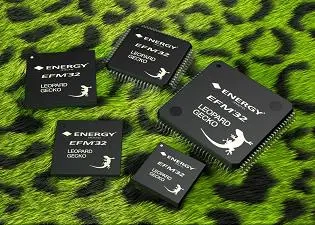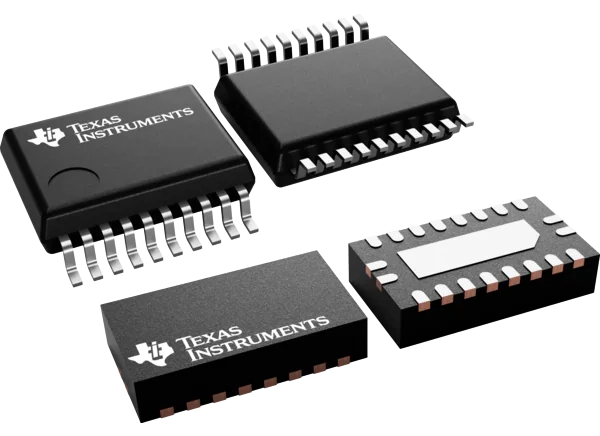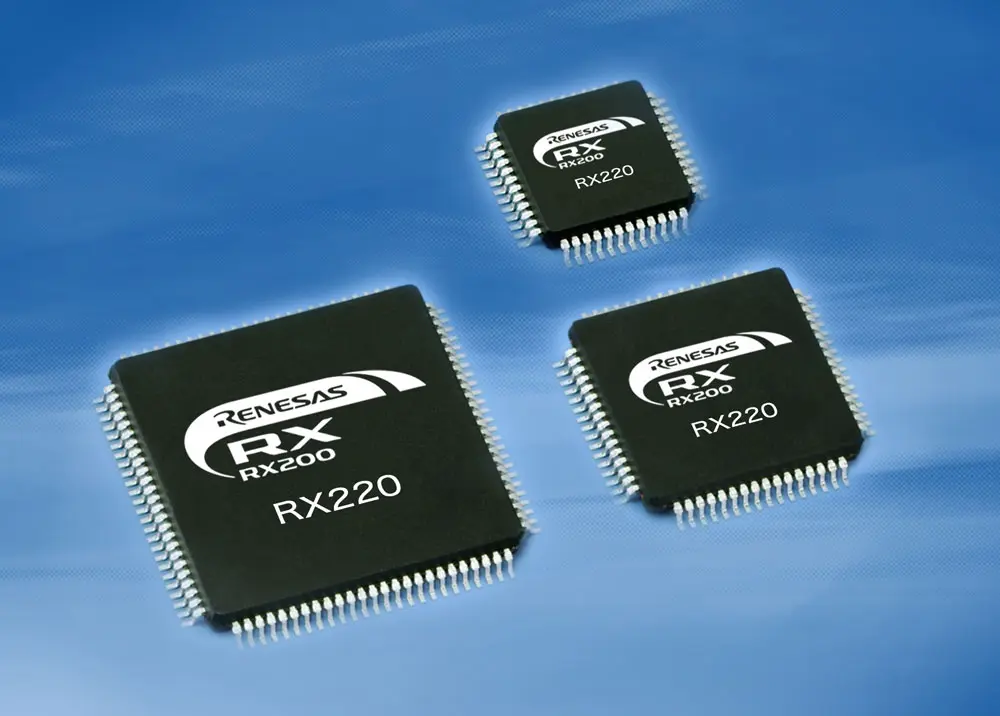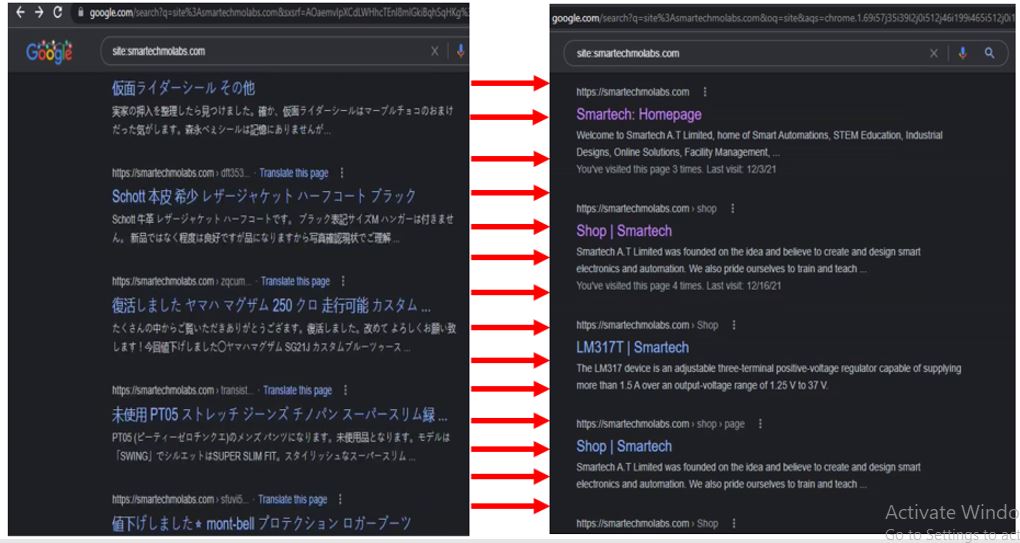Hey tech enthusiasts and industry innovators! Ever walked through a modern factory and marveled at the synchronized dance of robots and machinery? It’s like watching a perfectly choreographed ballet of steel and circuits. At the heart of this intricate automation lies a tiny but mighty component: microcontrollers.
Choosing the right microcontroller is like picking the conductor for your industrial orchestra. It dictates the rhythm, precision, and overall performance of your automated systems. So, which brains are best suited to power the future of manufacturing? Let’s dive into the fascinating world of microcontrollers for industrial machine automation and find out!
What’s the Big Deal About Microcontrollers in Automation?

Think of a microcontroller as the brain and nervous system of an automated machine. It’s a single integrated circuit (IC) that contains a processor core, memory, and programmable input/output peripherals. Unlike general-purpose computers, microcontrollers are designed for specific embedded applications, making them incredibly efficient and cost-effective for controlling industrial processes.
Why are they so crucial? Well, they handle everything from controlling motor speeds in robotic arms to managing sensor data in complex assembly lines. They ensure accuracy, reliability, and real-time responsiveness – the very backbone of modern industrial efficiency.
Key Considerations When Choosing Your Automation Microcontroller
Before we jump into specific contenders, let’s talk about what makes a microcontroller a star player in the industrial automation arena. It’s not just about raw processing power; several factors come into play:
1. Robustness and Reliability: The Industrial Toughening
Industrial environments are harsh. We’re talking about extreme temperatures, vibrations, electromagnetic interference, and dust. Your microcontroller needs to be a tough cookie, capable of withstanding these conditions without flinching. Look for extended temperature ratings and high levels of electromagnetic compatibility (EMC).
2. Real-Time Performance: The Need for Speed and Precision
In many industrial applications, timing is everything. Think of a robotic arm welding a specific point – even a millisecond delay can lead to errors. Microcontrollers with real-time operating system (RTOS) support and deterministic interrupt handling are crucial for ensuring precise and timely control.
3. Connectivity Options: Talking to the Team
Industrial machines don’t work in isolation. They need to communicate with sensors, actuators, other controllers, and higher-level systems. Look for microcontrollers with a variety of communication interfaces like Ethernet, CAN bus, RS-485, and industrial Ethernet protocols (like EtherCAT or PROFINET).
4. Security Features: Protecting Your Assets
In today’s connected world, security is paramount. Industrial control systems are potential targets for cyberattacks. Microcontrollers with hardware-based security features like secure boot, secure storage, and cryptographic accelerators are increasingly important to protect intellectual property and ensure operational safety.
5. Power Efficiency: Saving Energy and Reducing Heat
While industrial applications often have robust power supplies, energy efficiency is still a concern, especially in battery-powered or remote systems. Lower power consumption also translates to less heat generation, which can impact the lifespan and reliability of the device.
6. Scalability and Flexibility: Adapting to Future Needs
Your automation needs might evolve over time. Choosing a microcontroller family that offers a range of performance options and pin-compatible variants can provide scalability and flexibility for future upgrades or different product lines.
7. Development Ecosystem: Tools and Support
A strong development ecosystem, including comprehensive documentation, easy-to-use development tools (like IDEs and compilers), and active community support, can significantly speed up development and reduce time-to-market.
The Top Contenders: Microcontroller Maestros for Automation
Now, let’s get down to the nitty-gritty and explore some of the best microcontroller families that are making waves in industrial machine automation:
1. ARM Cortex-M Series: The Versatile Workhorse

The ARM Cortex-M family is a powerhouse in the embedded world, and for good reason. It offers a wide range of cores with varying levels of performance and features, making it suitable for diverse industrial applications.
- Cortex-M4/M7: These offer a good balance of performance and features, often with DSP extensions for signal processing tasks common in motor control and sensor data analysis.
- Cortex-M33: This core includes ARM TrustZone technology, providing hardware-based security features that are increasingly important for industrial applications.
- Cortex-M Automotive (e.g., Cortex-R52): While technically a different series, these high-performance, safety-critical cores are finding their way into advanced industrial robotics and control systems where functional safety is paramount.
Why they shine: Wide availability, extensive development tools, large community support, and a broad spectrum of performance and power options.
To Eat or Not to Eat: What Happens When You Ignore Hunger Cues?
2. Texas Instruments (TI) Sitara and MSP Microcontrollers: Feature-Rich and Robust

TI offers a compelling portfolio of microcontrollers tailored for industrial needs.
- Sitara AMx Processors: These often feature powerful ARM Cortex-A cores (for higher-level control and connectivity) alongside Cortex-M cores (for real-time tasks), making them suitable for complex automation systems requiring significant processing power and communication capabilities.
- MSP430 and MSPM0 Series: These are known for their ultra-low power consumption, making them ideal for battery-powered sensors and remote monitoring applications in industrial settings.
- C2000 Real-Time Microcontrollers: Specifically designed for motor control and power electronics, these MCUs offer high-performance processing, advanced PWM (Pulse Width Modulation) capabilities, and integrated analog peripherals.
Why they shine: Robust industrial temperature ratings, extensive peripheral sets, strong focus on analog integration, and dedicated solutions for motor control and communication.
3. NXP Semiconductors: A Broad Portfolio for Diverse Needs

NXP offers a diverse range of microcontrollers catering to various industrial automation requirements.
- i.MX RT Crossover Processors: These bridge the gap between high-performance application processors and real-time microcontrollers, offering a balance of processing power and real-time capabilities.
- Kinetis Microcontrollers: This broad family offers a wide range of ARM Cortex-M based MCUs with different performance levels and peripheral sets, suitable for various industrial control and connectivity tasks.
- LPC Microcontrollers: Another popular ARM Cortex-M family known for its ease of use and wide availability.
Why they shine: Wide range of performance options, strong focus on security and connectivity, and a comprehensive development ecosystem.
4. STMicroelectronics STM32 Family: The Popular Choice
The STM32 family has become incredibly popular in the embedded world, including industrial automation.
- STM32F Series: A broad range of ARM Cortex-M based microcontrollers offering different performance levels, pin counts, and peripheral sets to suit a wide array of industrial control applications.
- STM32H Series: High-performance Cortex-M7 based MCUs for demanding real-time control tasks.
- STM32MP1 Series: These feature both ARM Cortex-A and Cortex-M cores, similar to TI’s Sitara, enabling more complex industrial control and HMI (Human-Machine Interface) applications.
Why they shine: Wide availability, competitive pricing, extensive development tools and community support, and a broad range of performance options.
5. Renesas Electronics: Strong in Industrial Control

Renesas has a long history in industrial control and offers several compelling microcontroller families.
- RA Family (Arm Cortex-M): A relatively new family offering a balance of performance, power efficiency, and security features.
- RX Family (Proprietary Core): Known for its high performance and real-time capabilities, often used in demanding industrial motor control and robotics applications.
- RL78 Family (Proprietary Core): Ultra-low power microcontrollers suitable for industrial sensing and low-power control applications.
Why they shine: Strong heritage in industrial control, high-performance options, and a focus on reliability and safety.
Matching the Microcontroller to the Machine: Use Cases
To illustrate the selection process, let’s consider a few industrial automation scenarios:
- Robotic Arm Control: Requires high-performance real-time processing for precise motor control, often utilizing ARM Cortex-M4/M7 or dedicated motor control MCUs like TI’s C2000 or Renesas’ RX family. Connectivity via Ethernet or industrial Ethernet protocols is crucial.
- Industrial Sensor Network: Demands low-power microcontrollers with robust communication interfaces like RS-485 or wireless protocols (like LoRaWAN or WirelessHART). TI’s MSP series or Renesas’ RL78 family could be a good fit.
- Programmable Logic Controller (PLC): Requires a balance of real-time performance, robust communication interfaces (like CAN bus and industrial Ethernet), and often hardware security features. ARM Cortex-M series, TI’s Sitara, or NXP’s i.MX RT could be suitable.
- High-Speed Packaging Machine: Needs very fast and deterministic real-time control. High-performance ARM Cortex-M7 or dedicated real-time MCUs are often preferred.
The Future is Automated: Choosing Wisely
The world of industrial machine automation is constantly evolving, with increasing demands for speed, precision, connectivity, and security. Choosing the right microcontroller is a critical decision that can significantly impact the performance, reliability, and longevity of your automated systems.
By carefully considering the key factors we’ve discussed and exploring the strengths of the leading microcontroller families, you can select the perfect brain to power your industrial innovations and drive the future of manufacturing. So, go forth and build those amazing automated machines!
Unique FAQs About Microcontrollers for Industrial Machine Automation
- Can I use a general-purpose microcontroller like an Arduino for industrial automation? While platforms like Arduino are great for prototyping and hobbyist projects, they generally lack the robustness, reliability, extended temperature ratings, and advanced communication interfaces required for demanding industrial environments. Dedicated industrial-grade microcontrollers are recommended.
- What is functional safety, and why is it important in industrial automation microcontrollers? Functional safety refers to the ability of a system to operate safely even in the presence of faults. In critical industrial applications (e.g., collaborative robots), microcontrollers with built-in safety features and certifications (like IEC 61508) are crucial to prevent hazardous situations.
- How do I choose between different real-time operating systems (RTOS) for my industrial microcontroller? The choice of RTOS depends on the complexity of your application, the required level of determinism, and the resources available on your chosen microcontroller. Some popular options include FreeRTOS, Zephyr, and commercial RTOS like VxWorks. Consider factors like preemption capabilities, scheduling algorithms, and community support.
- With the rise of AI and machine learning, will microcontrollers still be relevant in industrial automation? Absolutely! Microcontrollers will continue to play a vital role in data acquisition, real-time control, and edge computing in AI-powered industrial systems. They provide the necessary interface between the physical world and higher-level AI algorithms running on more powerful processors.
- What are some emerging trends in microcontrollers for industrial automation? Some exciting trends include increased integration of AI accelerators on-chip, enhanced security features (like hardware-based root of trust), more advanced communication interfaces (like Time-Sensitive Networking – TSN), and a growing focus on power efficiency for sustainable manufacturing.

